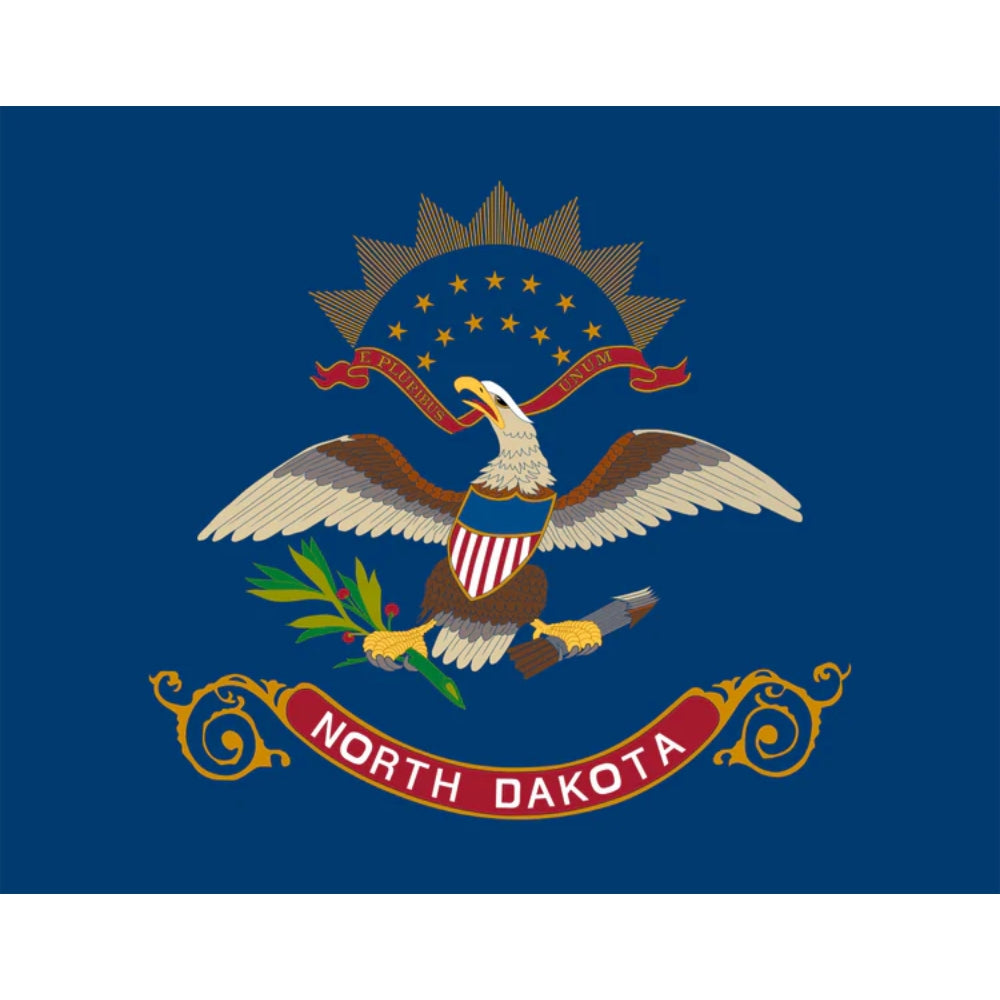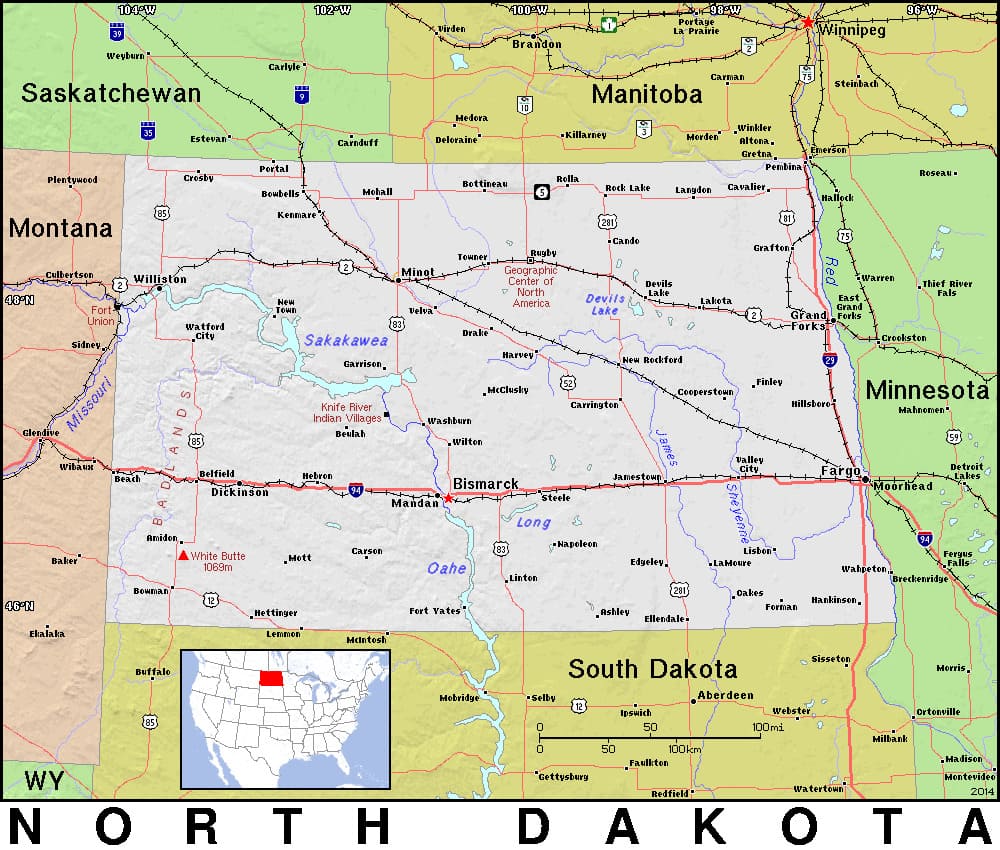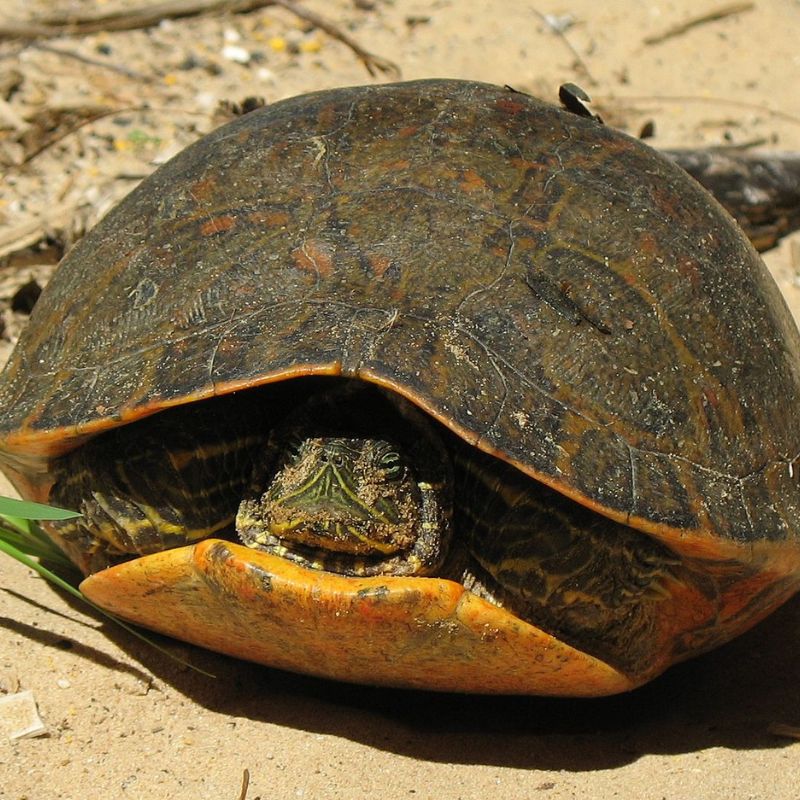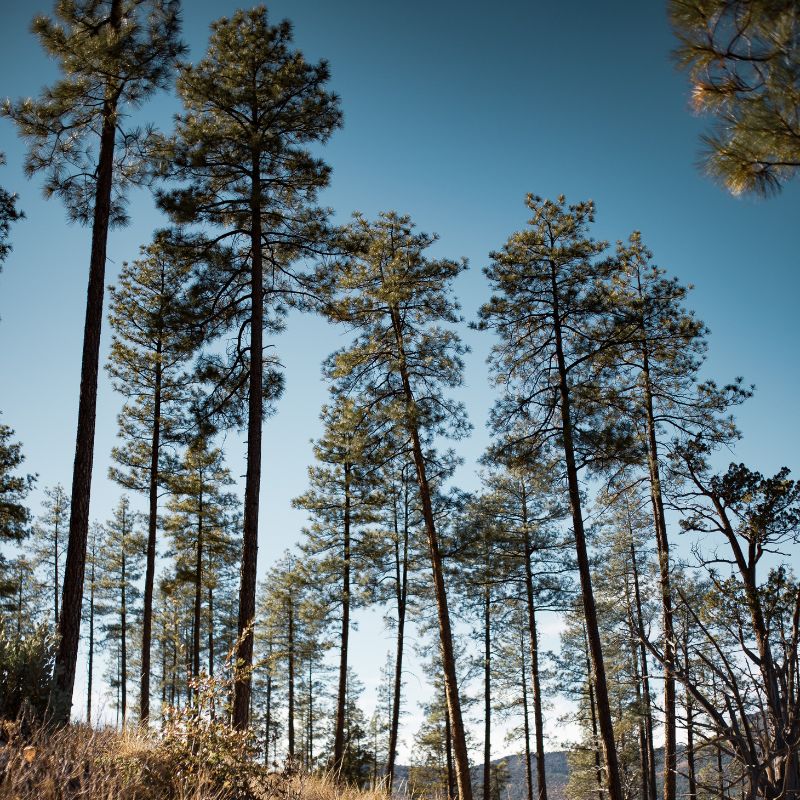Explore the Fascinating History of North Dakota
Take our North Dakota Trivia Quizzes for a Chance to Win a 6-Month Subscription to History By Mail!

The History of North Dakota
Journey Through North Dakota Trivia
Welcome to our North Dakota history and trivia page, presented by History By Mail. Join us as we delve into the intriguing past and captivating culture of the Peace Garden State. From the Badlands to the mighty Missouri River, we'll uncover some of North Dakota's hidden gems and challenge your knowledge with entertaining quizzes. Let's embark on a journey through North Dakota's history and trivia together. North Dakota is a captivating state with a rich historical background and distinctive cultural heritage. From the ancient civilizations of Native American tribes to the era of fur trading and the development of vibrant cities like Bismarck and Fargo, North Dakota has left an indelible mark on the tapestry of American history. Today, the state is renowned for its breathtaking natural landscapes, including expansive prairies, rugged badlands, and scenic national parks. It's time to explore the wonders of North Dakota and discover the stories that have shaped this remarkable state.
Facts about North Dakota
State Name: North Dakota
State Abbreviation: ND
Capital: Bismarck
Name Origin: The word "Dakota" originates from the Native American Sioux language and carries the approximate meaning of "friend" or "ally."
Nickname: The Peace Garden State
Statehood: November 2, 1889 (39th ste)
State Motto: Liberty and union, now and forever: one and inseparable

North Dakota's Flag
On March 3, 1911, the North Dakota Legislative Assembly approved the design of the state flag, although the specific color was not specified initially. In 1943, legislation was enacted to align the flag with the original troop banner, which is currently exhibited at the North Dakota Heritage Center in Bismarck. The flag's design also bears resemblance to the Great Seal of the United States.
North Dakota's Great Seal
Ratified within the state constitution of 1889, the seal of North Dakota finds its origins in the territorial seal endorsed back in 1863. This design revolves around a tree encircled by three sheaves of wheat along its trunk. The emblem encompasses further historical representations of the state, including a Native American in pursuit of a bison on horseback, a bow accompanied by three arrows, a plow, and an anvil paired with a sledgehammer. Positioned above the tree, there lies a semicircle of stars along with the state's motto, "Liberty and Union Now and Forever, One and Inseparable."

--- State Trivia #1 ---
History of North Dakota
The exact timeline of human settlement in what is now North Dakota remains uncertain, but evidence from archaeological discoveries suggests that hunters were present in the region as early as 10,000 years ago.
Various Native American tribes, including the Mandan, Hidatsa, Cheyenne, and Dakota Sioux, have inhabited the area, and to this day, approximately 30,000 Native Americans from diverse tribal backgrounds continue to reside in North Dakota.
In 1738, the region came under French control following the arrival of explorer Pierre Gaultier La Vérendrye, marking the first European presence in the area. Subsequently, Spain and later England claimed authority over the territory. In 1803, the United States acquired the land through the Louisiana Purchase. The region was initially referred to as the Dakota Territory, encompassing both North and South Dakota. The late 1800s witnessed the construction of railroads, which facilitated the influx of American settlers. Eventually, in 1889, North Dakota was officially established as a separate state.
State Symbols
Fun Facts
- At the International Peace Garden's Peace Chapel, visitors have the unique opportunity to walk between the United States and Canada, experiencing the symbolic unity between the two nations.
- Explore Theodore Roosevelt National Park and visit the log cabin home of former President Theodore Roosevelt, who once worked as a cattle rancher in North Dakota. Guided tours provide insights into his fascinating life.
- Make a stop in Jamestown, North Dakota, and marvel at the colossal statue known as "Dakota Thunder." Standing at an impressive height of 26 feet, this larger-than-life (yet not real) buffalo statue surpasses the height of a two-story house!
--- State Trivia #2 ---

Things To Do in North Dakota
- Visit Theodore Roosevelt National Park: Explore the rugged badlands, wildlife, and picturesque landscapes of this national park named after President Theodore Roosevelt. Enjoy hiking, camping, and wildlife viewing in this stunning natural setting.
- Discover the Scandinavian Heritage of Minot: Explore the Scandinavian Heritage Park in Minot, North Dakota, which celebrates the state's rich Scandinavian history. Admire the traditional architecture, sculptures, and exhibits that showcase the cultural heritage of the Scandinavian immigrants.
- Experience the North Dakota Heritage Center & State Museum: Immerse yourself in North Dakota's history and culture at the North Dakota Heritage Center & State Museum in Bismarck. Explore interactive exhibits, artifacts, and displays that highlight the state's heritage, from prehistoric times to the present day.
- Journey to the International Peace Garden: Located on the border between North Dakota and Canada, the International Peace Garden is a symbol of peace and friendship between the two nations. Enjoy beautiful gardens, scenic walking paths, and the iconic Peace Chapel.
- Take a Scenic Drive along the Enchanted Highway: Embark on a road trip along the Enchanted Highway, a stretch of highway featuring larger-than-life metal sculptures created by local artist Gary Greff. Marvel at sculptures such as "Geese in Flight" and "The World's Largest Tin Family" as you drive through the captivating North Dakota countryside.

General Map of North Dakota
North Dakota shares its borders with Canada to the north, Minnesota to the east, South Dakota to the south, and Montana to the west. The elevation gradually increases from east to west, revealing the presence of the Rocky Mountains.
The eastern part of the state is known as the Red River Valley, characterized by its flat terrain that was once the bottom of a prehistoric lake. The meandering course of the Red River forms the state's border with Minnesota. This region is renowned for its highly fertile soil, supporting a thriving agricultural industry.
Famous People From North Dakota
--- State Trivia #3 ---
FREQUENTLY ASKED QUESTIONS (FAQ) ABOUT NORTH DAKOTA
North Dakota's name has its roots in the Dakota Sioux tribes, which inhabited the area long before European settlers arrived. "Dakota" is derived from the Sioux word "Dakȟóta," meaning "allies" or "friends." The name "North Dakota" was chosen as a reflection of the state's location in the northern part of the Dakota Territory, which was established in the 19th century.
North Dakota, along with its southern counterpart South Dakota, was admitted to the Union on November 2, 1889. This event marked the end of the Dakota Territory, which had existed since 1861.
North Dakota is home to one of the world's largest petrified forests, located within Theodore Roosevelt National Park. This prehistoric forest turned to stone millions of years ago due to volcanic activity and sedimentary processes. The park showcases these petrified trees, offering visitors a glimpse into ancient times.
North Dakota's history is closely tied to its territorial evolution. It was originally part of the vast Louisiana Territory and later the Dakota Territory, which included present-day North Dakota and South Dakota. In 1889, North Dakota was admitted to the Union as the 39th state.
Related Resources
- Official Website of the State of North Dakota: The official website provides information about government services, business resources, tourism, and more. Visit: https://www.nd.gov/
- North Dakota Tourism: Explore the attractions, events, outdoor activities, and scenic beauty of North Dakota. Plan your trip and discover the hidden gems of the state. Visit: https://www.ndtourism.com/
- State Historical Society of North Dakota: Learn about North Dakota's history, heritage, and culture through exhibitions, collections, educational programs, and preservation efforts. Visit: https://www.history.nd.gov/
- North Dakota Parks and Recreation Department: Discover the state parks, trails, outdoor recreation opportunities, and camping sites in North Dakota. Experience the natural beauty of the state. Visit: https://www.parkrec.nd.gov/
- National Buffalo Museum: Located in Jamestown, North Dakota, the museum celebrates the history, culture, and significance of the American bison (buffalo) through exhibits, educational programs, and live buffalo herd. Visit: https://www.buffalomuseum.com/
- North Dakota Heritage Center & State Museum: Explore the state's rich heritage, archaeology, paleontology, and art through interactive exhibits, artifacts, and educational programs. Visit: https://statemuseum.nd.gov/



